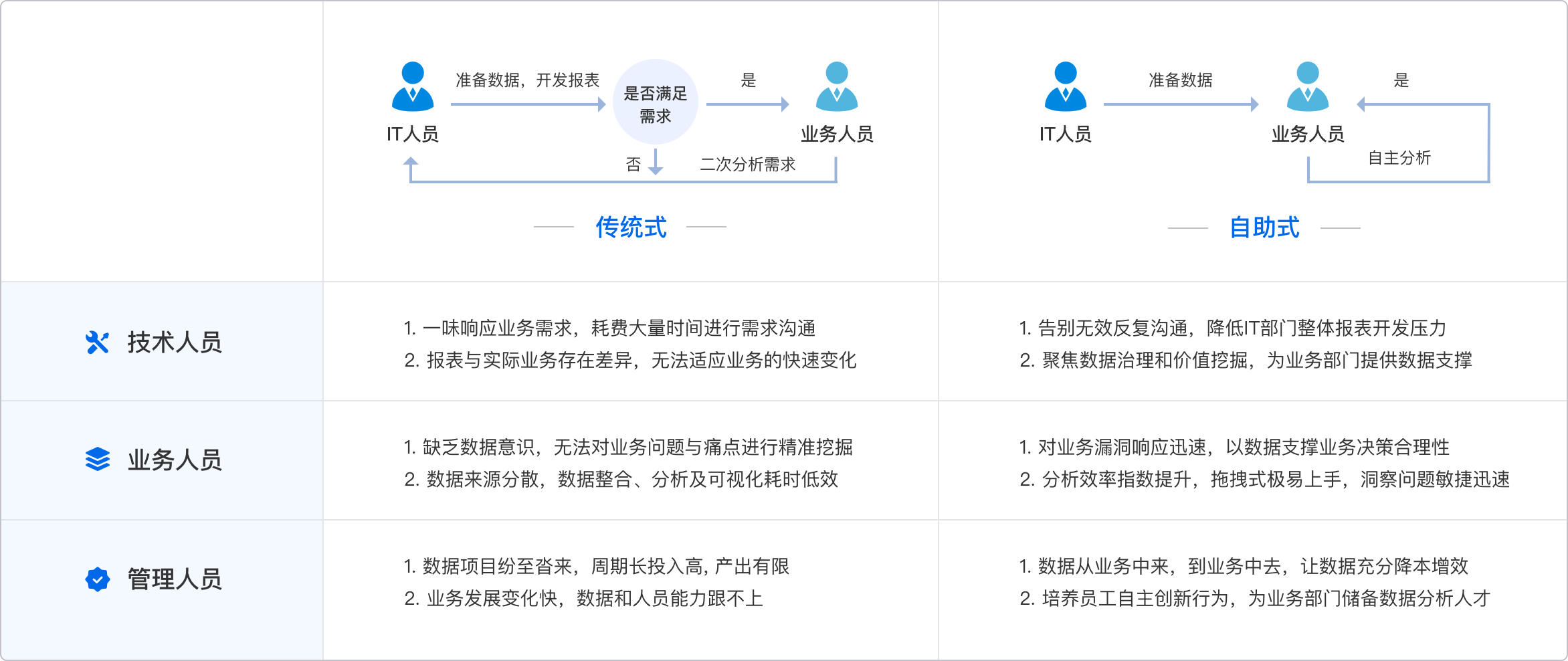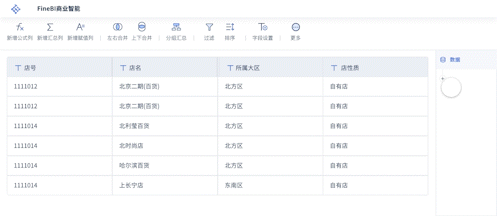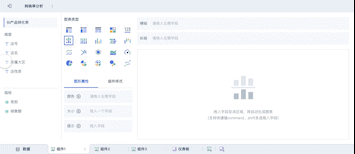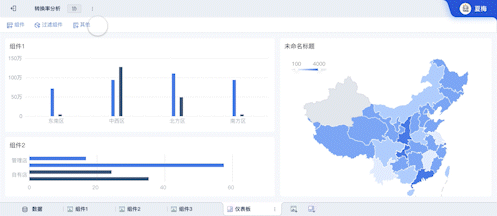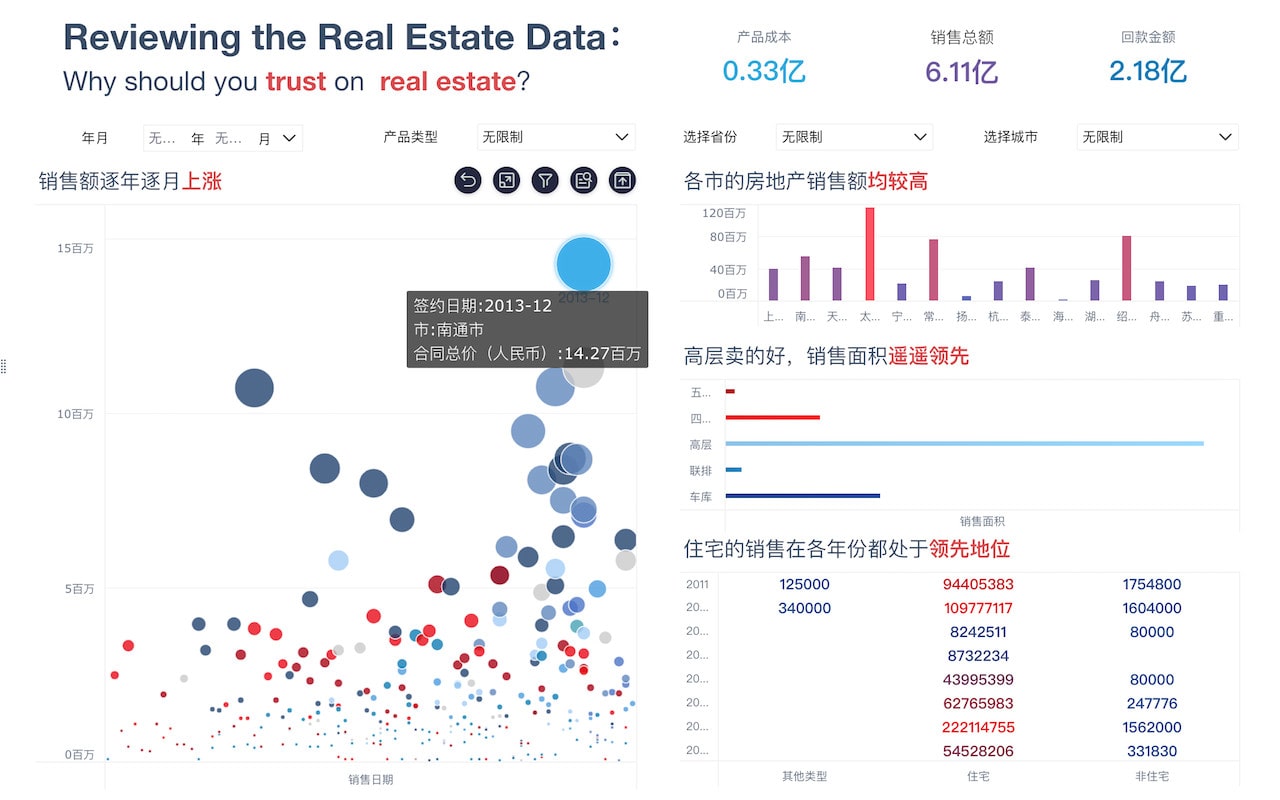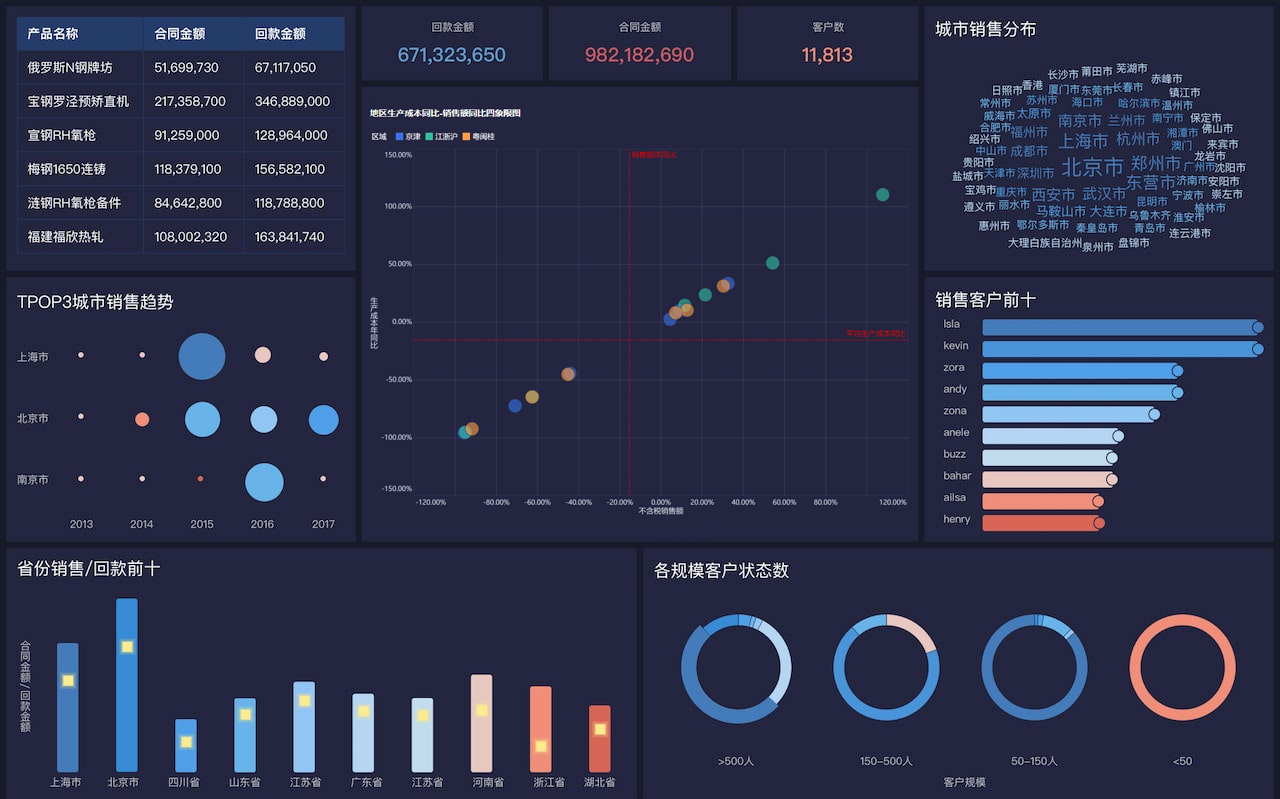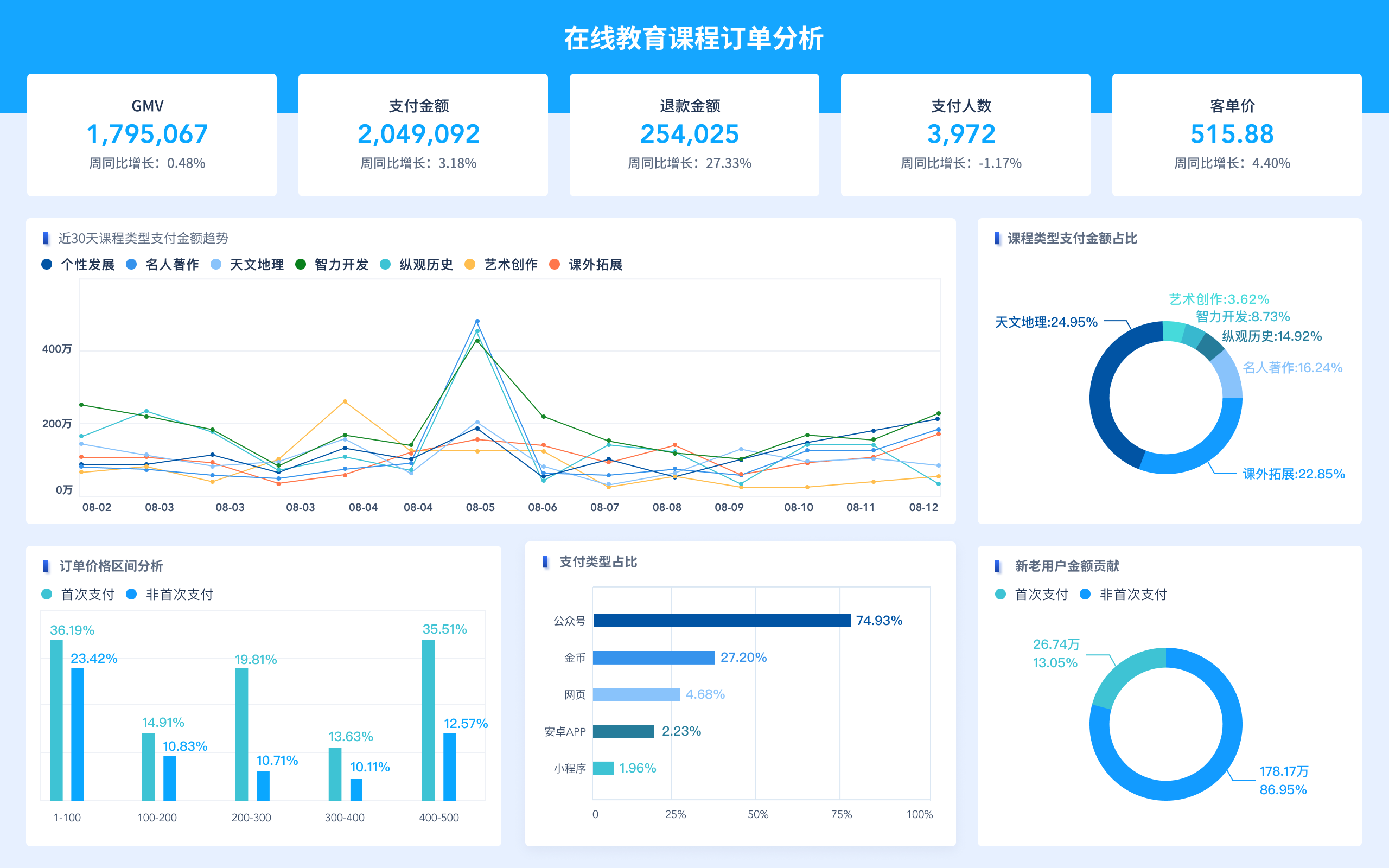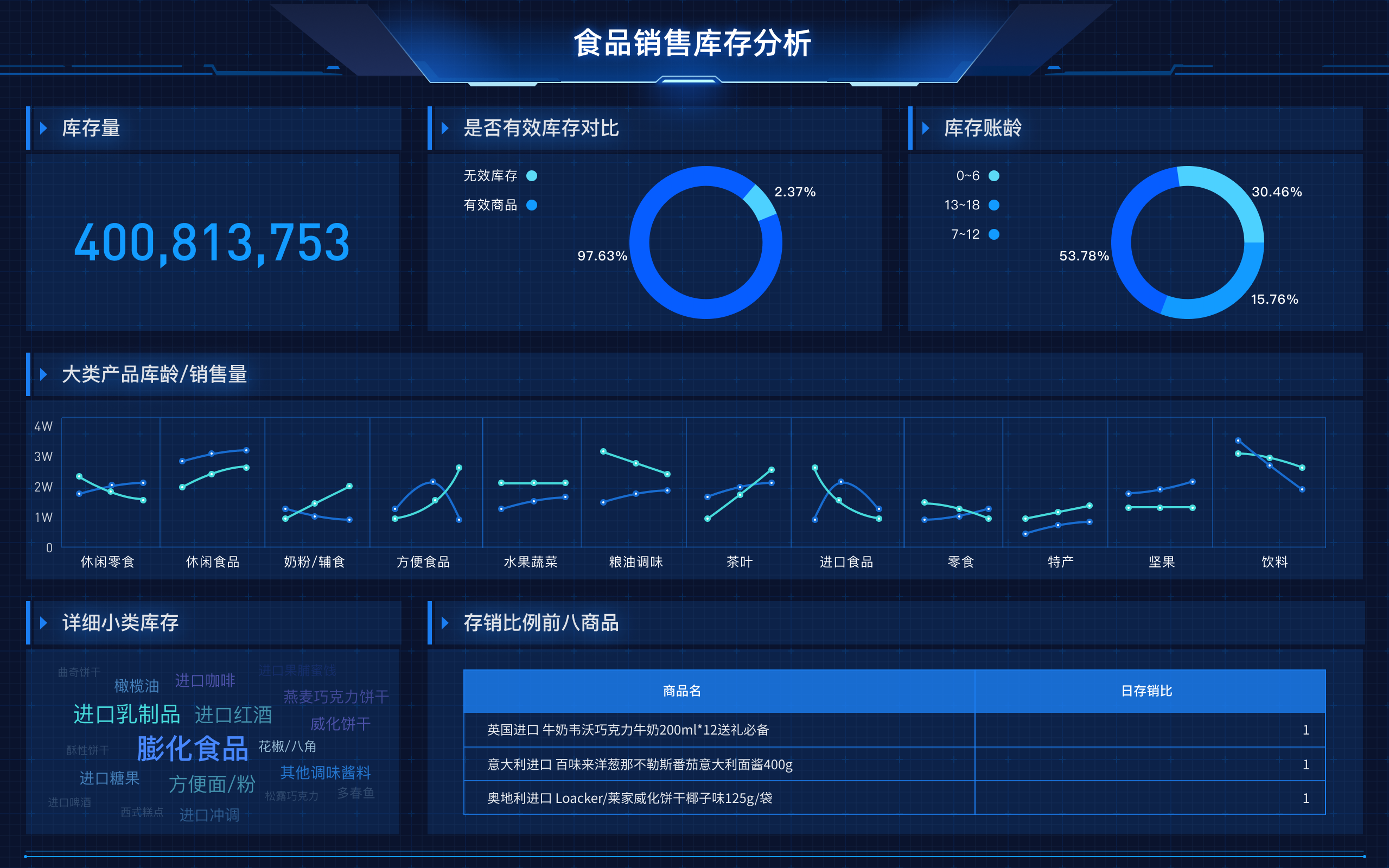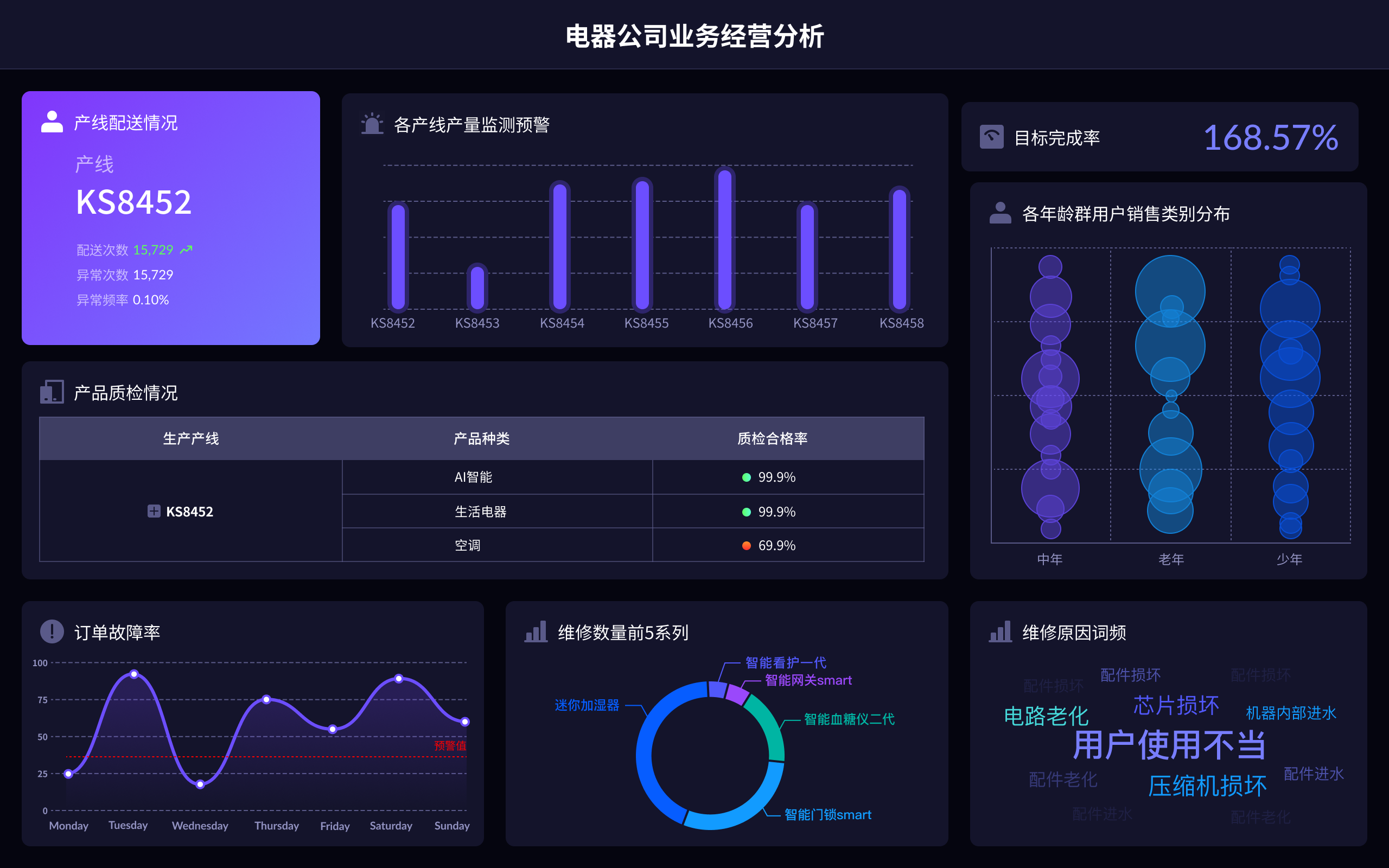
Data warehouse design solutions can be referred to in English as "Data Warehouse Design Solutions". In the process of designing a data warehouse, several key elements are essential: data modeling, ETL processes, data integration, scalability, and performance optimization. Among these, data modeling plays a critical role. It involves creating a conceptual model that defines the structure of the data warehouse, which includes determining the schemas, dimensions, and fact tables. A well-constructed data model ensures that the data warehouse can efficiently store and retrieve data, enabling users to perform complex queries and analyses quickly. By carefully designing the data model, organizations can ensure that their data warehouse meets their current and future data needs, facilitating better business intelligence and decision-making.
I、DATA MODELING
Data modeling is the backbone of any data warehouse design solution. It involves the process of defining how data is structured, stored, and retrieved. The primary goal is to create a model that accurately represents the business processes and supports efficient querying and reporting. This involves defining entities, relationships, and constraints that reflect real-world scenarios. There are several types of data models, including conceptual, logical, and physical models. Conceptual models focus on the high-level relationships between data entities, while logical models delve into the detailed structure, including attributes and keys. Physical models translate these abstract designs into actual database schemas. Effective data modeling is crucial as it directly impacts the performance and scalability of the data warehouse. By investing time in thorough data modeling, organizations can ensure that their data warehouse is flexible and able to adapt to changes in business needs.
II、ETL PROCESSES
ETL, which stands for Extract, Transform, Load, is a fundamental component of data warehouse design solutions. These processes are responsible for moving data from various sources into the data warehouse. The extraction phase involves collecting data from different sources, which can include databases, flat files, APIs, and more. Once extracted, the transformation phase comes into play, where data is cleaned, aggregated, and transformed into a suitable format for analysis. This may involve removing duplicates, standardizing formats, or applying business rules to derive new data attributes. Finally, the loading phase involves inserting the transformed data into the data warehouse. Efficient ETL processes are critical as they ensure that the data warehouse contains accurate, up-to-date information, enabling reliable reporting and analysis. Designing robust ETL processes requires understanding the source data, defining clear transformation rules, and implementing efficient loading mechanisms to minimize the impact on system performance.
III、DATA INTEGRATION
Data integration is a crucial aspect of data warehouse design solutions, as it involves combining data from various sources into a cohesive and unified view. This process ensures that all relevant data is available for analysis, providing a comprehensive view of the organization's operations. Integration can occur at different stages, including during extraction, transformation, or loading. It often involves resolving discrepancies in data formats, ensuring consistency across datasets, and handling duplicate records. Effective data integration strategies enable organizations to leverage data from diverse sources, improving the accuracy and relevance of their analyses. Techniques such as data federation, data virtualization, and API integration are commonly used to achieve seamless data integration. By investing in robust data integration practices, organizations can unlock the full potential of their data, facilitating more informed decision-making and gaining a competitive advantage.
IV、SCALABILITY
Scalability is a critical consideration in data warehouse design solutions, as it determines the system's ability to handle increasing volumes of data and growing numbers of users. As organizations expand, their data needs often grow exponentially, necessitating a data warehouse that can scale without sacrificing performance. Designing for scalability involves selecting the right technologies and architectures that can accommodate growth. This may include implementing distributed computing solutions, optimizing database designs, and leveraging cloud-based services that offer elastic scalability. Partitioning data, indexing, and choosing the right storage solutions are all strategies that contribute to scalability. By planning for scalability from the outset, organizations can avoid costly reengineering efforts and ensure that their data warehouse continues to meet their needs as they evolve. This proactive approach not only supports current operations but also future-proofs the data warehouse, enabling it to adapt to new challenges and opportunities.
V、PERFORMANCE OPTIMIZATION
Performance optimization is essential in data warehouse design solutions, ensuring that the system delivers fast and efficient query responses. Optimizing performance involves a combination of hardware, software, and architectural strategies. Indexing, query optimization, and caching are common techniques used to enhance performance. Indexing helps speed up data retrieval by creating a data structure that allows quick searches. Query optimization involves refining queries to reduce their execution time and resource usage. Caching stores frequently accessed data in memory, reducing the need to repeatedly query the database. Additionally, the choice of hardware, such as high-performance servers and storage solutions, can significantly impact performance. Regular monitoring and tuning are also necessary to identify and address performance bottlenecks. By prioritizing performance optimization, organizations can ensure that their data warehouse delivers timely insights, enabling swift decision-making and maintaining a competitive edge.
VI、SECURITY AND COMPLIANCE
Security and compliance are paramount in data warehouse design solutions, as they protect sensitive data and ensure adherence to regulatory requirements. Data encryption, access controls, and auditing are critical components of a robust security strategy. Data encryption secures data at rest and in transit, preventing unauthorized access. Access controls ensure that only authorized users can access specific data, implementing role-based permissions and authentication mechanisms. Auditing tracks data access and changes, providing a trail for compliance reporting and identifying potential security breaches. Additionally, compliance with regulations such as GDPR, HIPAA, and CCPA is essential for organizations handling sensitive data. Designing a data warehouse with security and compliance in mind involves understanding legal requirements and implementing appropriate safeguards. By prioritizing security and compliance, organizations can protect their data assets, maintain customer trust, and avoid costly legal penalties.
VII、USER ACCESS AND REPORTING
User access and reporting are vital components of data warehouse design solutions, enabling stakeholders to derive actionable insights from the data. A well-designed data warehouse provides intuitive access to data through user-friendly interfaces and reporting tools. Self-service BI, dashboards, and ad-hoc reporting are popular features that empower users to explore data and generate insights without requiring extensive technical expertise. Self-service BI tools allow users to create their own reports and visualizations, promoting data-driven decision-making across the organization. Dashboards provide a visual summary of key metrics, facilitating quick assessments of performance and trends. Ad-hoc reporting enables users to perform on-the-fly analysis, answering specific questions as they arise. Ensuring user access and reporting capabilities are well-integrated into the data warehouse design enhances the overall value of the system, driving better business outcomes and fostering a data-centric culture.
VIII、COST MANAGEMENT
Cost management is a crucial consideration in data warehouse design solutions, as it impacts the overall budget and return on investment. Designing a cost-effective data warehouse involves balancing performance, scalability, and features with financial constraints. Cloud solutions, open-source technologies, and efficient resource allocation are strategies that help manage costs. Cloud-based data warehouses offer flexible pricing models, allowing organizations to pay for only the resources they use. Open-source technologies provide cost savings on software licensing fees, while efficient resource allocation ensures optimal use of hardware and infrastructure. Additionally, regularly reviewing and optimizing resource usage can uncover opportunities for cost reduction. By focusing on cost management, organizations can maximize the value of their data warehouse investments, ensuring that they deliver meaningful insights while staying within budget.
IX、FUTURE TRENDS AND TECHNOLOGIES
Future trends and technologies play a significant role in shaping data warehouse design solutions, as they offer new opportunities for innovation and efficiency. Emerging technologies such as artificial intelligence, machine learning, and real-time analytics are transforming how data warehouses are designed and utilized. AI and machine learning enable advanced data processing and predictive analytics, uncovering deeper insights from data. Real-time analytics allows organizations to access up-to-the-minute information, supporting immediate decision-making and enhancing responsiveness. Additionally, technologies like big data and IoT are driving the need for data warehouses that can handle vast amounts of data from diverse sources. By staying abreast of future trends and technologies, organizations can ensure their data warehouse design remains relevant and competitive, positioning them to capitalize on new opportunities and drive business success.
相关问答FAQs:
数据仓库方案设计的英文翻译是 "Data Warehouse Solution Design"。
本文内容通过AI工具匹配关键字智能整合而成,仅供参考,帆软不对内容的真实、准确或完整作任何形式的承诺。具体产品功能请以帆软官方帮助文档为准,或联系您的对接销售进行咨询。如有其他问题,您可以通过联系blog@fanruan.com进行反馈,帆软收到您的反馈后将及时答复和处理。


